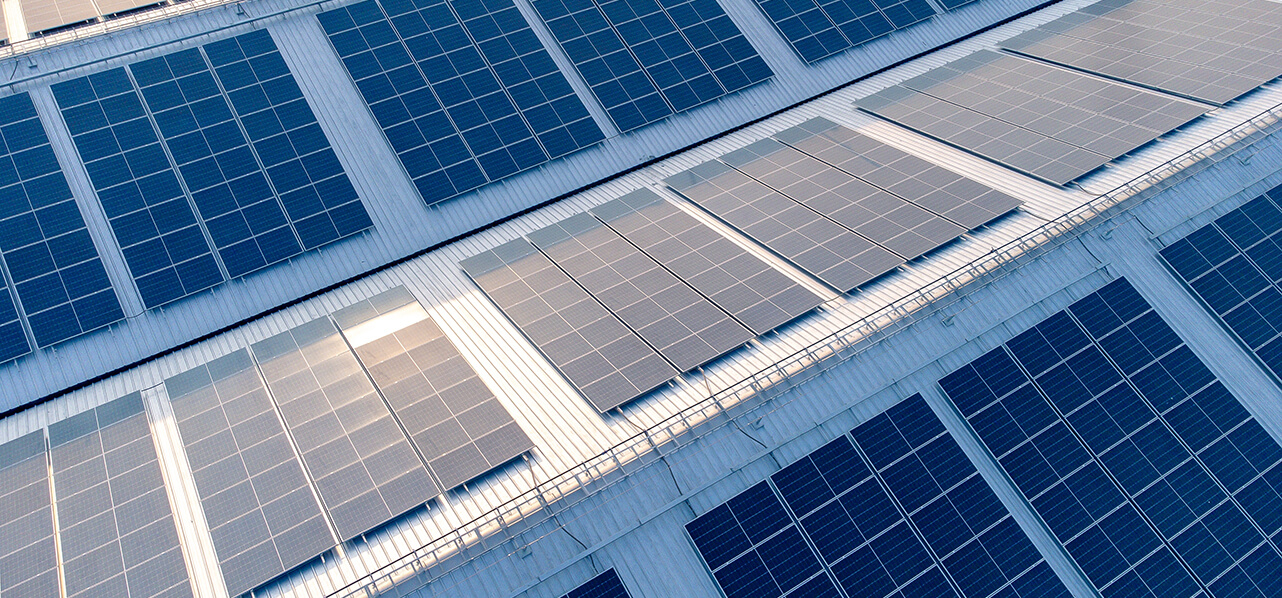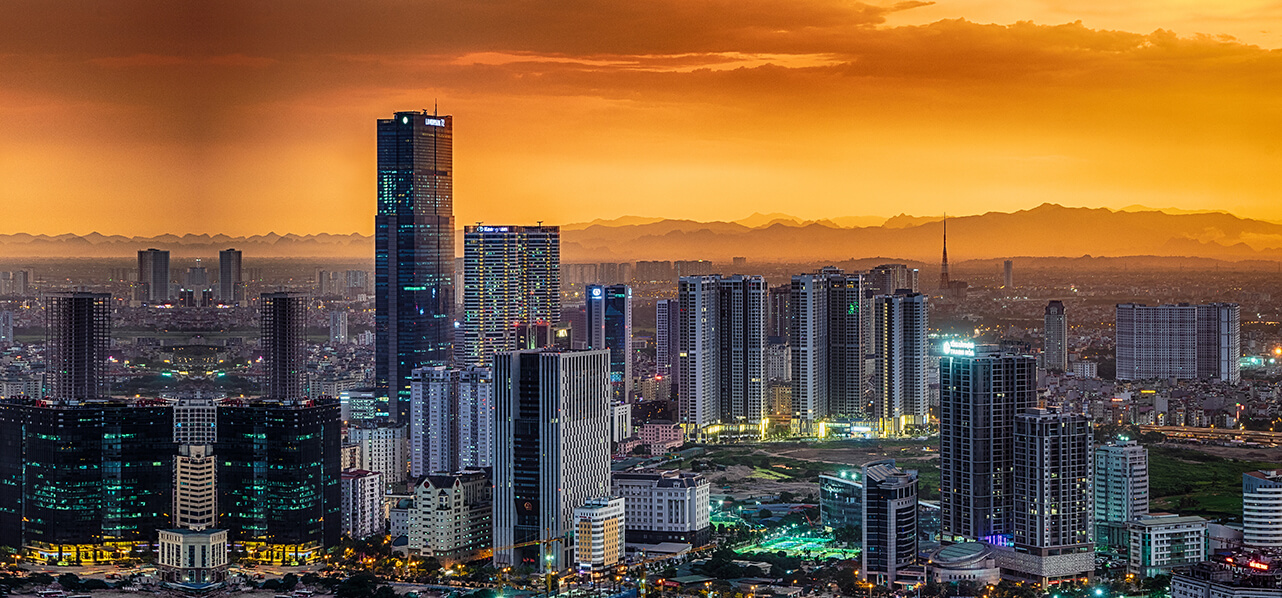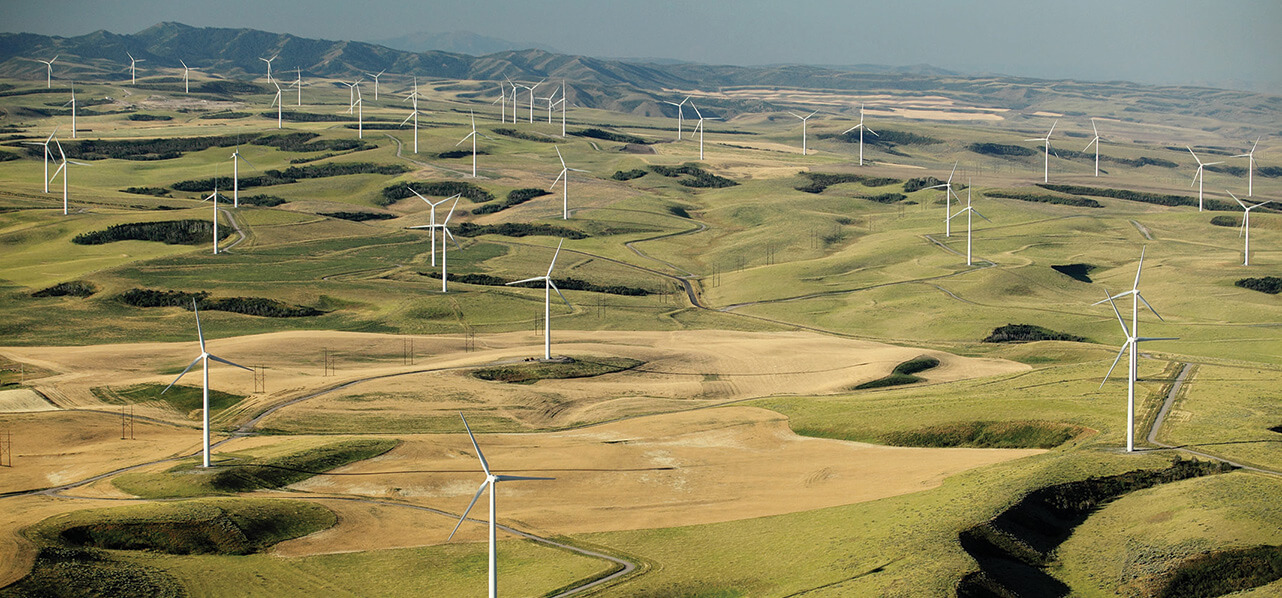Partner Hanoi
"Renewable energy features strongly in the planned capacity under the Master Plan VIII."
Renewable energy features strongly in the planned capacity under the Master Plan VIII, and we have set out below some key points to note.
COAL
The capacity for coal-fired power plants (in a base scenario) in the Master Plan VII Revised and the Master Plan VIII is as below:
| Master Plan VII Revised | Master Plan VIII | |
|---|---|---|
| 2030 | 55,167 MW (42.6% of total capacity) | 30,127 MW (20% of total capacity) |
| 2050 | N/A | 0 |
Electricity generation in Vietnam has traditionally been heavily reliant on coal-fired power stations. However, Vietnam does not plan any new coal-fired power plants by 2030. The installed capacity of coal fired power plants up to 2030 under the Master Plan VIII only includes projects that are in the development stage, which is half by comparison with the installed capacity under the Master Plan VII Revised. Under Master Plan VIII, it is intended that by 2050, coal-fired power plants will be no longer used for power generation; the production of thermal energy using biomass and ammonia is considered as the alternative.
gas
In general, Vietnam prioritises the maximum use of domestic gas for power generation:
- Block B, Blue Whale gas mines will be sped up and be used for eight domestic gas to power projects accounting for 6,900 MW. Quang Tri power project will use gas from Yellow Leopard gas mines;
- the development of LNG to Power projects will be limited to prevent the risk of relying on imported fuel and also ensure the tariff is reasonable for the Vietnam market. By 2050, LNG to Power plants will gradually switch to hydrogen use; and
- the COD of Long Son LNG to Power project has been adjusted until the period of 2031 – 2035. The development of Thi Vai LNG Terminal (for Nhon Trach 3, 4 LNG to Power projects and power plants in the southeast region) and Son My LNG Terminal (for Son My 1, 2 LNG to Power projects) will be continued as planned under Master Plan VII Revised. The development of terminals is consistent with the power plants included in the master plan.
"LNG and natural gas will undoubtedly form a major part of the energy mix in Vietnam."
The total installed capacity of domestic gas and LNG to Power source in comparison with the Master Plan VII Revised is as below:
| Master Plan VII Revised | Master Plan VII |
||||
|---|---|---|---|---|---|
| Gas (including LNG) | Domestic gas | LNG |
|||
| 2030 | 19,036 MW (14,7 % of total capacity) | 14,930 MW (9.9% of total capacity) | 22,400 (14.9% of total capacity) |
||
| 2050 | N/A | Domestic gas fired power plants and LNG conversion | Domestic gas power plants run entirely by hydrogen | LNG thermal power plant co-fired with hydrogen | LNG thermal power plant run entirely by hydrogen |
| 7,900 MW (1.4 – 1.6% of total capacity) | 7,030 MW (1.2 -1.4% of total capacity) | 4,500 – 9,000 MW (0.8 -1.8 % of total capacity) | 16,400 – 20,900 MW (3.3 – 3.6 % of total capacity) | ||
LNG and natural gas will undoubtedly form a major part of the energy mix in Vietnam. Nevertheless:
- domestic natural gas projects are currently behind schedule, which may result in the delay of domestic gas to power projects;
- to date there are no precedent LNG-to-power projects in Vietnam. In early May 2023, PV Gas was the first company granted the license to import and export LNG;
- there is no legal requirement for EVN to commit any minimum offtake of LNG; and
- there is no legal framework for offshore terminals such as FSRU.
These are a number of important points for investors to consider. For further insights, please find our analysis here.
RENEWABLES
The Master Plan VIII promotes a new focus on renewable energy. Whilst the Master Plan VII Revised provides only 21% of total capacity for all sources of renewable energy (including: small hydropower, wind power, solar power and biomass), the total capacity for renewable energies provided under Master Plan VIII is 28.5% of total capacity (including wind power, solar power and biomass). Under the Master Plan VIII, small hydropower has been merged to hydropower resulting in a total capacity of 29,346 MW (accounting for 19.5% of total capacity). Several key figures are illustrated as below:
| Onshore wind | Offshore wind | Solar | Biomass and waste to energy | |
|---|---|---|---|---|
| 2030 | 21,880 MW (14.5% of total capacity) | 6,000 (4.0% of total capacity) | 12,836 MW (8.5% of total capacity) | 2,270 MW (1.5% of total capacity) |
| 2050 | 60,050 -77,050 MW (12.2 -13,4% of total capacity) | 70,000 – 91,500 MW (14.3 – 16% of total capacity) | 168,594 -189,294 MW (33.0 – 34.4% of total capacity) | 6,015 MW (1.0 -1.2% of total capacity) |
The Master Plan VIII does not provide a list of renewable power projects. Instead, MOIT is required to prepare an Implementation Plan to implement Master Plan VIII, which will specify the approved renewable projects.
"Master Plan VIII sets out goals to switch certain gas and LNG plants to hydrogen by 2050, but there is still an absence of legislation in Vietnam for the production of hydrogen and ammonia."
Wind power
- The installed offshore wind power in the Master Plan VIII by 2030 reduced 1,000 MW from the previous drafts (from 7,000 MW to 6,000 MW). The capacity for installed offshore wind power by 2050 shows the biggest increase compared to the previous drafts. In practice, there are press reports that projects with the potential for more than 100 GW are currently being sought for wind survey permits. However, due to the review of legislation relating to the allocation of sea area surveys by the Ministry of Natural Resources and Environment, only Thang Long Wind (2,400 MW) in Binh Thuan Province and Ben Tre Offshore Wind (500 MW) in Ben Tre province have obtained wind survey permits; and
- Vietnam will maximise the technical capacity of offshore wind power (around 600,000 MW) to produce electricity and new energy. Master Plan VIII provides a steer that offshore wind power, in combination with other renewable power (solar, onshore wind) to generate new energy (hydro, green ammonia, …) will become a “new economic sector” for Vietnam for both domestic and export demand.
Solar power
- Master Plan VIII encourages the development of rooftop solar by giving rooftop solar of household and construction works unlimited capacity, provided that it is reasonably priced and makes the best use of the current grid connection facilities without the need for any upgrades;
- Master Plan VIII provides a list in Annex IV naming 27 solar power projects which have been included in the Master Plan VII Revised but have not completed the investor selection process. These projects are not permitted to be implemented until 2030 and will be considered after 2030 provided that they are developed on the basis of self-production and self-consumption; and
- subject to the reasonable cost, the development of solar project shall be in combination with a battery storage system.
Hydrogen and other new energy
Master Plan VIII sets out goals to switch certain gas and LNG plants to hydrogen by 2050, but there is still an absence of legislation in Vietnam for the production of hydrogen and ammonia.
- By 2050, around 23,430 – 27,930 MW (4.5% – 5% of total capacity), which are converted from domestic gas and LNG power projects, will run entirely by hydrogen;
- Vietnam will prioritise developing renewable energy and new energy (hydro, green ammonia etc) for export purposes with unlimited capacity. By 2030, the intended capacity for export is from 5,000 to 10,000 MW; and
- Vietnam will strongly support the development of renewable energy with an intention to replace the fossil energy sources as much as possible and promptly update the technology for the new energy (hydro, ammonia etc) for power generation.
Future new legislation in the energy sector
- The Ministry of Industry and Trade will be the authority in charge of preparing the amendment of the Law on Electricity and Law on Renewable Energy, which will be tentatively submitted to the National Assembly in 2024. The procedure for auction, bidding for the selection of investors and tariffs will be included in the amendment to the Law on Electricity; and
- Master Plan VIII sets a target to complete the legal basis for the pilot program for direct power purchase agreements (“DPPA”) between renewable energy manufacture and customer and considers collection of fees for DPPA. Master Plan VIII does not set out a target date for the DPPA.




